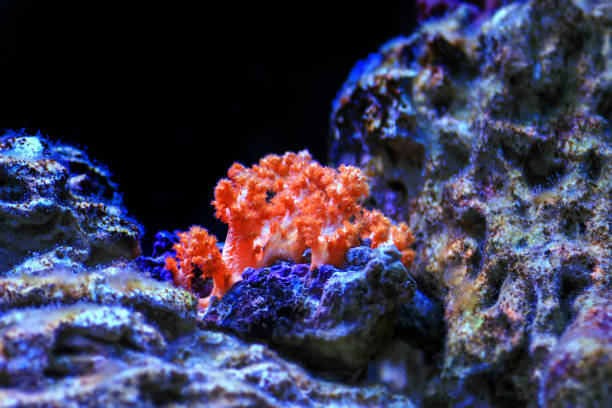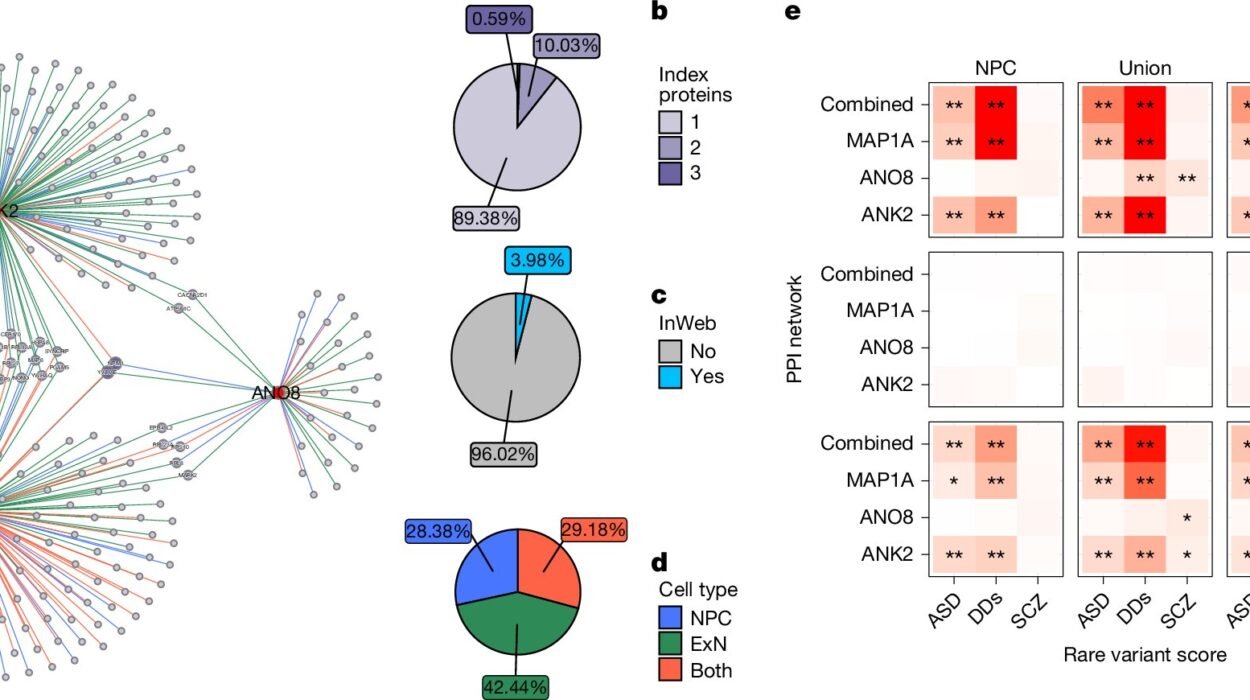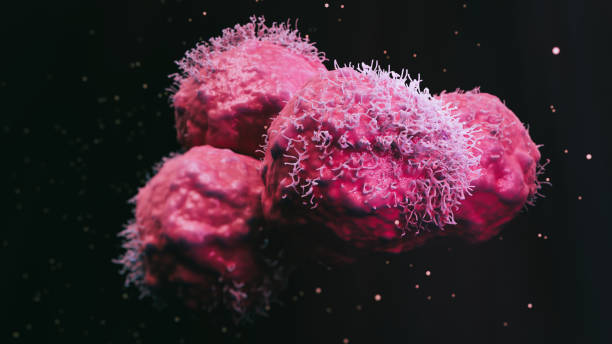Rare diseases are often called “orphan diseases” due to the limited research and treatment options available. Though individually rare, collectively they affect millions of people worldwide. According to the National Institutes of Health (NIH), there are more than 7,000 recognized rare diseases, and they affect an estimated 25 to 30 million Americans alone. Despite their rarity, the sheer number of these conditions means that millions of individuals live with the uncertainty and challenges that come with a diagnosis of a rare disease.
The complexity of rare diseases extends far beyond just the number of cases. For many of these diseases, the road to a diagnosis is fraught with difficulties, and even once a diagnosis is reached, treatment options are often limited or non-existent. This poses a unique challenge for both patients and healthcare providers alike.
The Diagnostic Dilemma
One of the primary reasons rare diseases are so challenging to diagnose is that they are, by definition, infrequent. The symptoms of rare diseases can be mistaken for more common conditions, which results in delayed or misdiagnosis. Doctors, particularly general practitioners, may have never encountered a patient with a rare disease, making them less likely to consider it as a possible cause of symptoms. Additionally, rare diseases often manifest in a wide variety of ways, adding another layer of complexity to the diagnostic process.
For example, a patient with a rare neurological disorder may initially present with nonspecific symptoms such as fatigue, headaches, or joint pain. These are symptoms common to a range of other conditions, which can lead healthcare providers to pursue more common diagnoses first, often without considering rare diseases as potential causes.
The diagnostic odyssey for individuals with rare diseases is often long and frustrating. On average, it takes about seven years to receive a correct diagnosis for a rare disease. During this time, patients may see multiple specialists, undergo a battery of tests, and sometimes receive diagnoses that are later proven to be incorrect. This delay not only prolongs the physical suffering of patients but also results in psychological distress, as they are left without answers to their medical issues.
The Genetic Puzzle
Many rare diseases are caused by genetic mutations, which further complicates diagnosis. Some of these genetic conditions are inherited, while others arise spontaneously due to mutations that occur during development. The symptoms of genetic rare diseases can vary widely, even among family members who share the same mutation. Additionally, not all genetic mutations are known or understood, which can make it difficult to identify the cause of a patient’s symptoms.
Advances in genetic testing have provided new ways to diagnose rare diseases, but the process is far from perfect. Not every rare disease has a known genetic marker, and even when a genetic mutation is identified, it may not provide clear guidance on how to treat or manage the condition. Furthermore, genetic tests are often expensive, and in some cases, insurance companies may be reluctant to cover the costs.
Genetic counseling can also play a critical role in the diagnosis and management of rare diseases. By understanding the genetic basis of a condition, doctors can better predict its course, identify family members who may be at risk, and offer reproductive counseling. However, even with genetic testing and counseling, the emotional impact on families can be significant, particularly when the disease in question is progressive and incurable.
Lack of Awareness and Expertise
Another major barrier to diagnosing rare diseases is the lack of awareness among healthcare providers. Due to the low prevalence of these diseases, many doctors simply do not encounter them during their careers. Medical schools often provide little training on rare diseases, and this gap in education can have real-world consequences for patients. When doctors are unfamiliar with a condition, they may be hesitant to consider it as a possible diagnosis, even when the symptoms align.
Specialists in rare diseases—known as “rare disease experts”—exist, but they are often concentrated in academic medical centers or major hospitals. Access to these specialists can be a significant barrier for patients, particularly those who live in rural or underserved areas. Additionally, rare disease experts often focus on specific types of conditions (such as rare cancers or genetic disorders), so finding an expert for a given rare disease can be a matter of chance.
Patient advocacy groups and online communities have emerged as valuable resources for individuals navigating the rare disease diagnostic journey. These groups can connect patients with specialists, provide information on diagnostic tests and clinical trials, and offer emotional support. However, while these groups can provide essential guidance, they cannot replace the need for formal medical training and expertise.
Treatment Challenges and Limited Options
Once a diagnosis is made, the next hurdle for patients with rare diseases is treatment. Rare diseases often lack approved treatments because of the limited number of patients available for clinical trials and the difficulty in conducting such trials. Pharmaceutical companies are reluctant to invest in research for diseases that affect only a small number of people, as the potential return on investment is low. As a result, many rare diseases remain untreatable, and patients are left with few or no options to manage their conditions.
For patients with rare diseases that have no approved treatment, the focus of care often shifts to symptom management and improving quality of life. This can involve a combination of medications, physical therapy, and other supportive measures, but there is no guarantee that these interventions will be effective. In some cases, patients may be prescribed off-label drugs that have shown some benefit in treating other conditions but have not been formally approved for the rare disease in question.
The lack of treatment options also has significant emotional and psychological consequences for patients and their families. Many rare disease patients live with the constant uncertainty of whether their condition will worsen over time and whether new treatments will become available. Clinical trials offer hope for some patients, but participation is often limited by factors such as the availability of trials in their area, eligibility criteria, and financial constraints.
The Role of Orphan Drug Legislation
Recognizing the lack of treatment options for rare diseases, governments around the world have implemented policies to encourage the development of treatments for these conditions. One of the most significant pieces of legislation in this area is the Orphan Drug Act, passed in the United States in 1983. This act provides financial incentives, such as tax breaks and extended market exclusivity, to pharmaceutical companies that develop drugs for rare diseases.
Since the passage of the Orphan Drug Act, the number of orphan drugs approved by the U.S. Food and Drug Administration (FDA) has increased significantly. However, the development of orphan drugs is still a slow and expensive process. Even with the incentives provided by the Orphan Drug Act, many companies remain reluctant to invest in rare disease treatments due to the high cost of drug development and the small patient populations involved.
Furthermore, while the Orphan Drug Act has led to the approval of more treatments for rare diseases, it has also created a market where the price of these drugs can be prohibitively high. Some orphan drugs cost hundreds of thousands of dollars per year, placing an enormous financial burden on patients and healthcare systems. This raises questions about the accessibility and affordability of orphan drugs, even as they offer hope for patients with previously untreatable conditions.
The Promise of Personalized Medicine
In recent years, advances in personalized medicine have raised hopes for patients with rare diseases. Personalized medicine involves tailoring medical treatment to the individual characteristics of each patient, such as their genetic makeup, lifestyle, and environment. By using genetic testing and other diagnostic tools, doctors can identify specific mutations that may be driving a rare disease and choose treatments that are most likely to be effective.
One of the most promising aspects of personalized medicine is the potential to repurpose existing drugs for rare diseases. In some cases, drugs that were originally developed for more common conditions may have unexpected benefits for patients with rare diseases. For example, the drug everolimus, which was initially approved for the treatment of certain cancers, has shown promise in treating rare diseases like tuberous sclerosis complex.
In addition to drug repurposing, advances in gene therapy have sparked excitement in the field of rare disease treatment. Gene therapy aims to correct or replace defective genes responsible for disease, offering the potential for a cure. While gene therapy has been successful in treating a few rare diseases, such as spinal muscular atrophy and certain types of inherited blindness, it is still in the early stages of development and faces significant technical, ethical, and financial challenges.
A Call for Greater Awareness and Research
The journey to diagnosing and treating rare diseases is long, difficult, and often fraught with obstacles. However, progress is being made, thanks to the efforts of dedicated researchers, patient advocacy groups, and healthcare providers. The rise of genetic testing, personalized medicine, and orphan drug legislation has provided new hope for those living with rare diseases. Yet, much work remains to be done.
One of the most urgent needs is for greater awareness and education about rare diseases. Medical professionals must be better trained to recognize the signs and symptoms of these conditions, and the healthcare system must ensure that patients have access to the specialized care they need. Furthermore, governments and pharmaceutical companies must invest more in research and development for rare diseases, as the potential benefits extend far beyond the rarefied populations affected.
For patients and families affected by rare diseases, the journey is often isolating and uncertain. But with continued research, greater awareness, and new treatment options on the horizon, there is hope that one day, rare diseases will no longer be the forgotten illnesses of the medical world.






